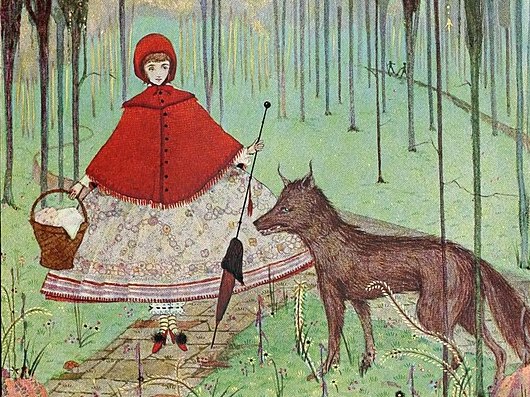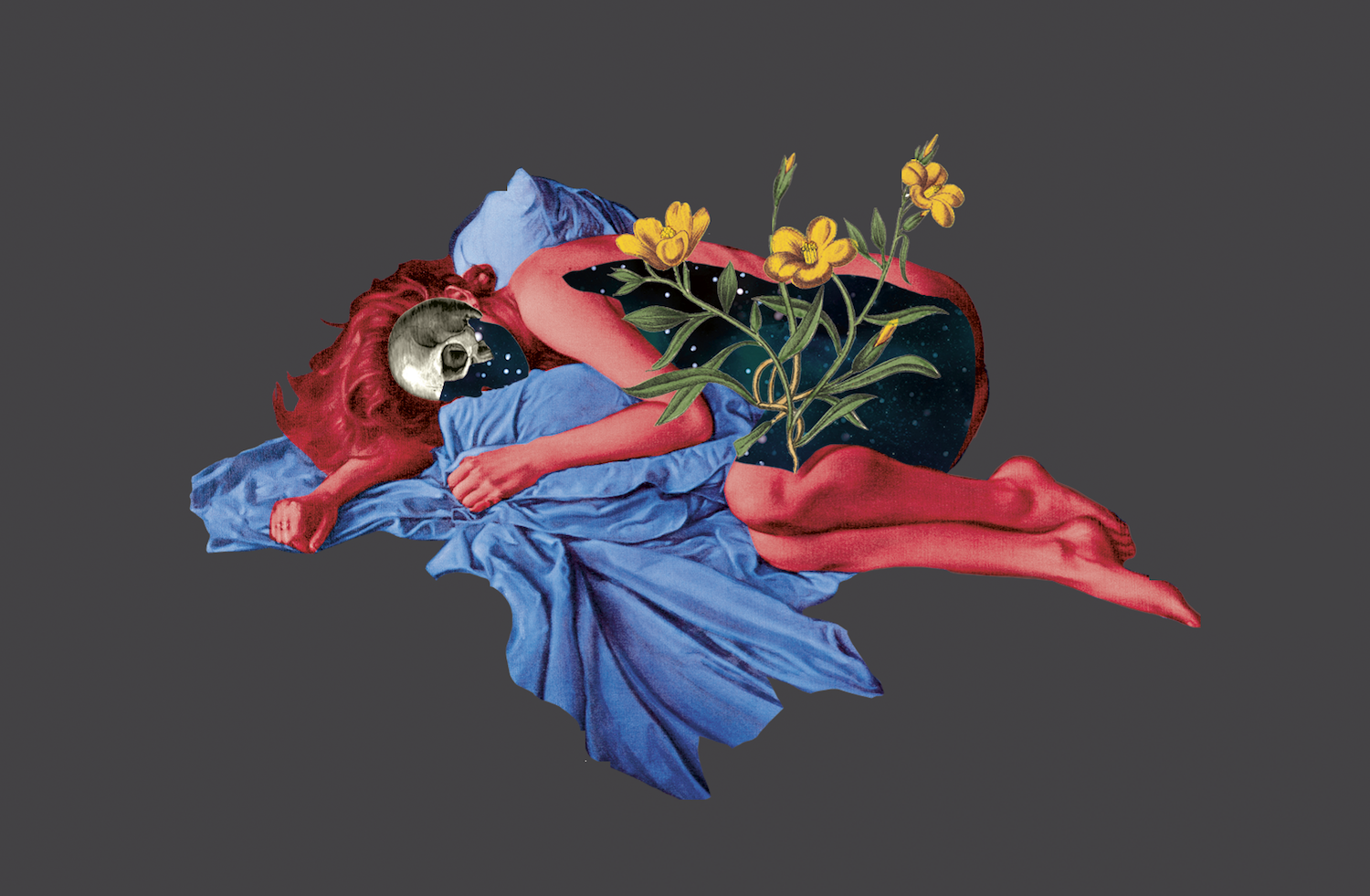Reading Lists
7 Novels Featuring Omens of Bad Luck
Tempt fate on Friday the 13th with these books about black cats and other portents

Today is Friday the 13th, often considered to be a bad-luck day in Western culture—although honestly, how bad can a Friday be? In recognition, we’ve rounded up some novels featuring traditional harbingers of bad luck: letting a black cat cross your path, walking under a ladder, breaking a mirror, seeing your doppelgänger, getting a clock as a gift (bad luck in Chinese culture), and spotting ominous birds like ravens and owls. This Friday the 13th could still be lucky—you could find a new favorite book!
Black cat: The Master and Margarita, Mikhail Bulgakov
Bulgakov’s satirical novel about the devil is packed tight with sly jokes, references, and symbolism, so that the casual reader who doesn’t work through the footnotes may find herself missing a lot. But everyone can appreciate Behemoth, the gigantic talking black cat who’s the Devil’s constant companion. Though he’s capable of taking human form, most of the time Behemoth is just the largest, snarkiest, most magical kitty you’ve ever met.
Broken mirror: The Ground Beneath Her Feet, Salman Rushdie
“In spite of all evidence that life is discontinuous, a valley of rifts, and that random chance plays a great part in our fates, we go on believing in the continuity of things, in causation and meaning,” writes Salman Rushdie in his tour de force novel about music, love, and parallel worlds. “But we live on a broken mirror, and fresh cracks appear in its surface every day.” Yes, the mirror is metaphorical, but the theme of cracks—glimpses between universes, fractures in relationships, the opening in the ground that swallows up superstar singer Vina Apsara—runs like a faultline through the book.
Doppelgänger: The Likeness, Tana French
The Likeness is the second in Tana French’s series of novels about Dublin murder detectives, but you don’t have to read the other books to appreciate this eerie, breakneck mystery. Detective Cassie Maddox is called in to investigate a murder because the corpse looks exactly like her. Maddox takes on the dead girl’s identity to go deep undercover with her roommates, who don’t know she’s supposed to be dead—or maybe one of them does?
Clock: The Clock Winder, Anne Tyler
Tyler’s “forgotten novel” was considered flawed by critics, readers, and the author herself, but frankly sometimes it’s a relief to see a genius falter a bit. The protagonist, Elizabeth, has put college on hold to spend some time working, and the work she finds is as a handyman to Mrs. Emerson, an older woman who lives surrounded by clocks in an old-money neighborhood of Baltimore. Elizabeth finds herself caught up in Mrs. Emerson’s family, which—in typical Tyler fashion—is complicated at best.
Raven: Jonathan Strange & Mr. Norrell, Susanna Clarke
These portentous birds are all over Clarke’s massive, enchanting novel about the return of magic to England in a fictionalized 19th century. The Raven King, a shadowy magician who dwells somewhere between the real world and the realm of Faerie, is the engine behind much of the book’s plot, and many of its characters harbor secret (or not-so-secret) allegiances or antipathies towards him, even when they’re not sure he exists or ever did.
Ladder: Mr. Penumbra’s 24-Hour Bookstore, Robin Sloan
The bookstore of the title has many eccentricities, but the most obvious one is its shape: a narrow chimney of books, with shelves reaching five stories up into darkness. The narrator, a bookstore clerk, frequently climbs to dizzying heights on the bookstore’s ladders to fetch one tome or another for the store’s distinctly odd customers—but the novel’s action starts when he begins to figure out what exactly he’s been selling, and why.
Owl: The Blind Owl, Sadegh Hedayat
The nameless narrator of this Iranian classic addresses his disjointed, morbid confessions to an owl-shaped shadow on his wall. When Hedayat first published it, he had to do so in India; the novel was banned in Iran. It only became available in his home country five years later, after the fall of Reza Shah. An opaque, surrealist, and disturbing book, blamed for a rash of suicides in Iran, it’s also considered a masterwork of Persian fiction. Maybe the ideal read for an unlucky day.















